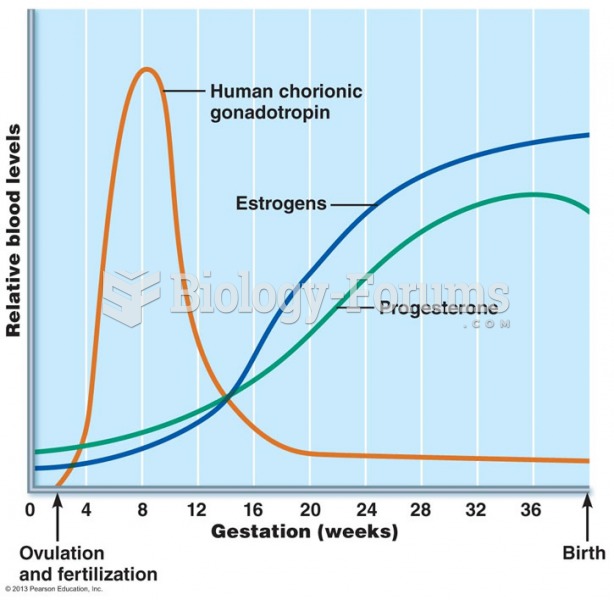|
|
|
The word drug comes from the Dutch word droog (meaning "dry"). For centuries, most drugs came from dried plants, hence the name.
Bisphosphonates were first developed in the nineteenth century. They were first investigated for use in disorders of bone metabolism in the 1960s. They are now used clinically for the treatment of osteoporosis, Paget's disease, bone metastasis, multiple myeloma, and other conditions that feature bone fragility.
The familiar sounds of your heart are made by the heart's valves as they open and close.
The people with the highest levels of LDL are Mexican American males and non-Hispanic black females.
Aspirin is the most widely used drug in the world. It has even been recognized as such by the Guinness Book of World Records.







